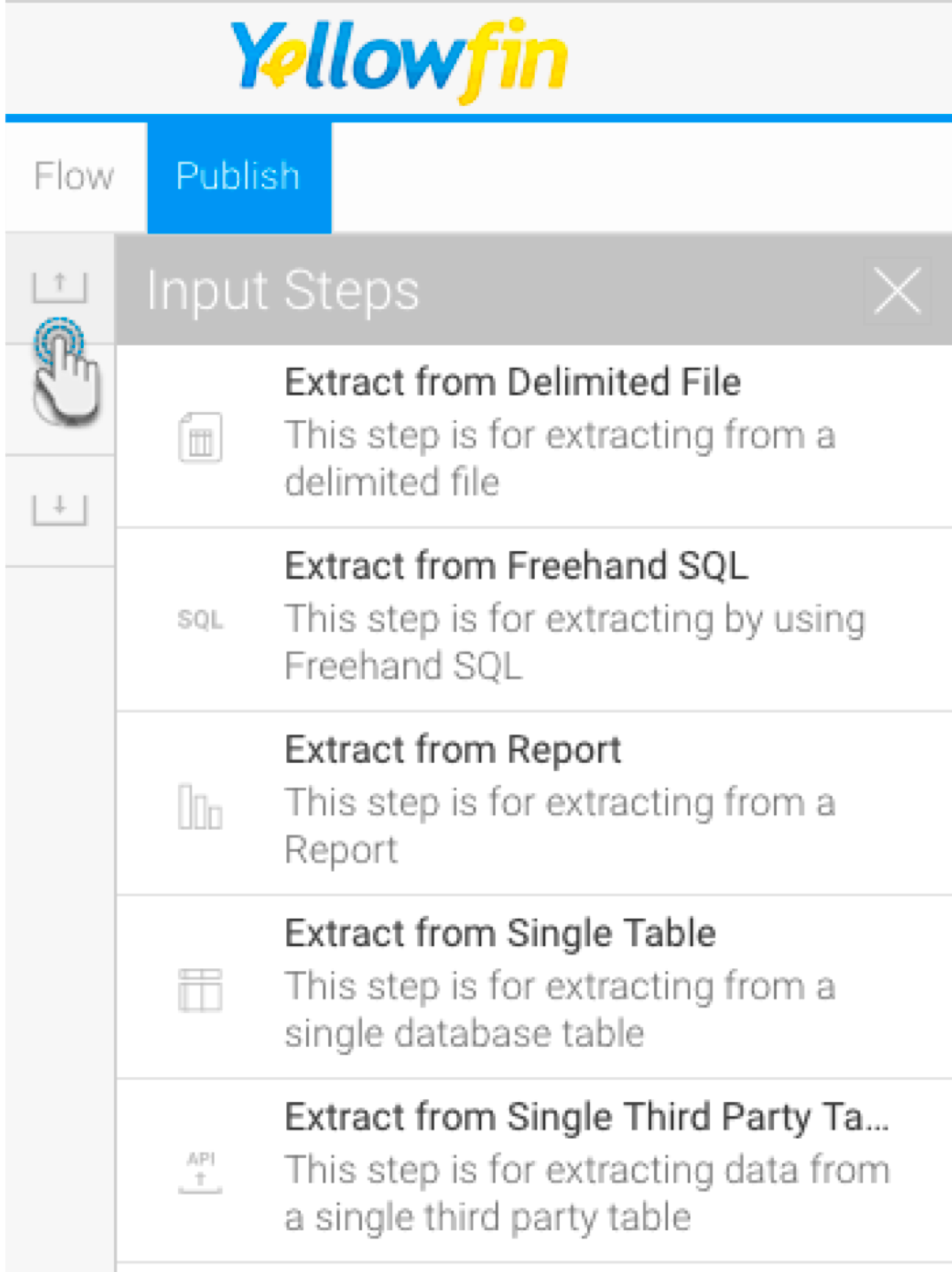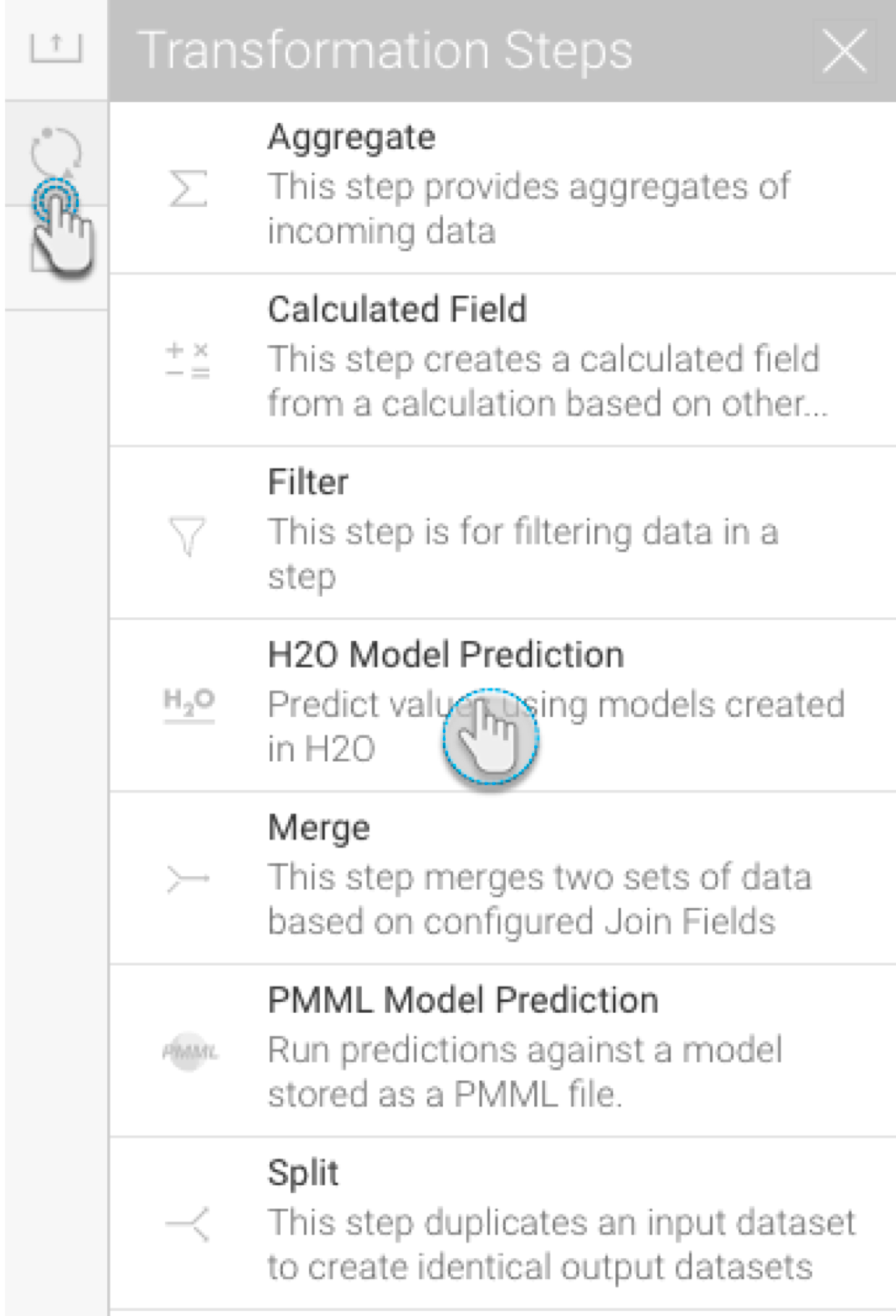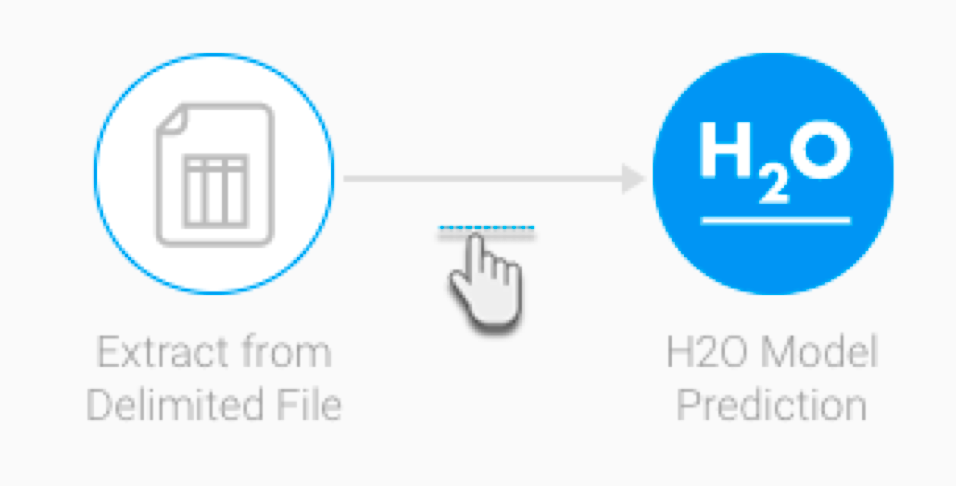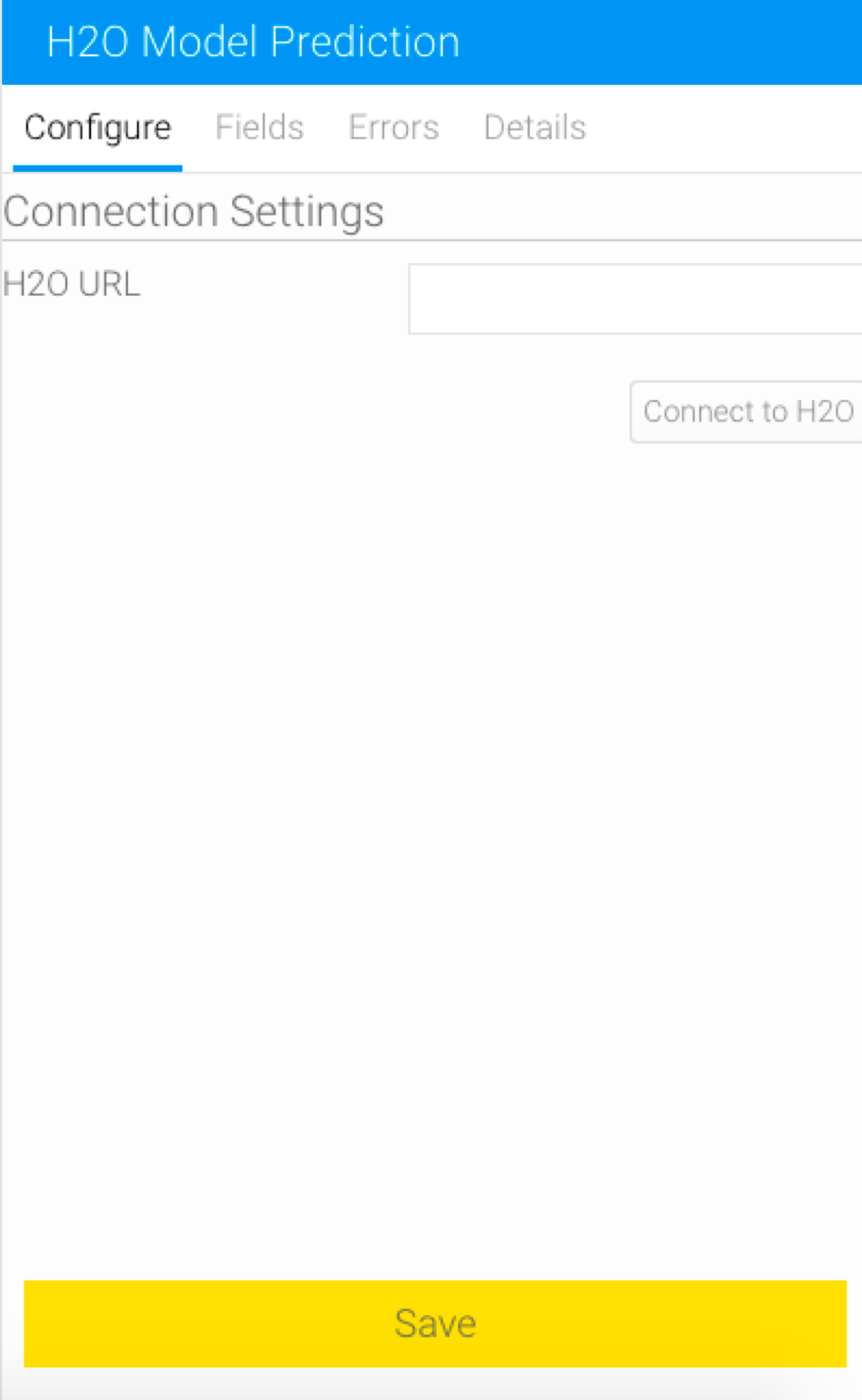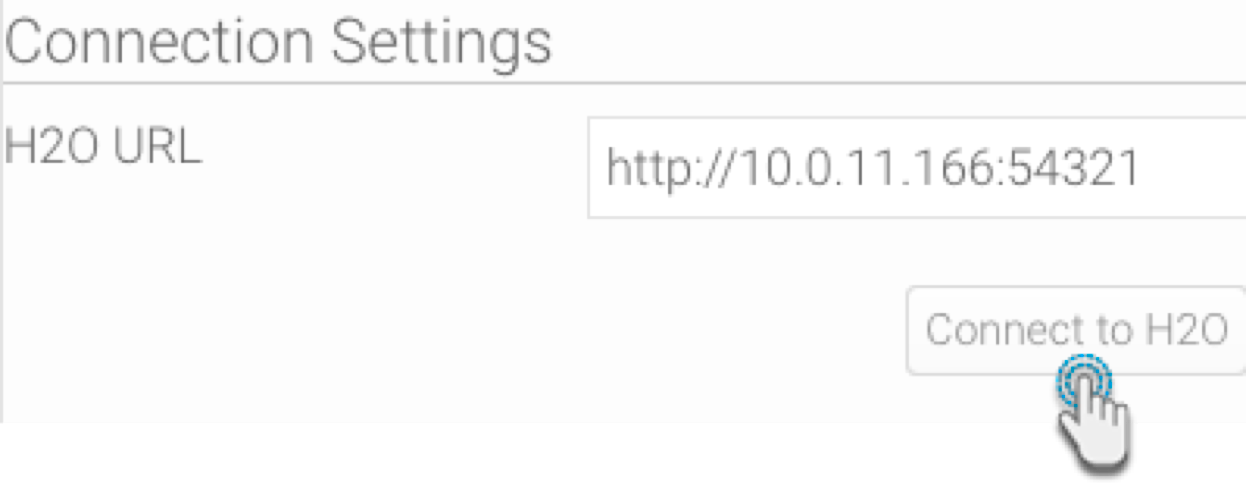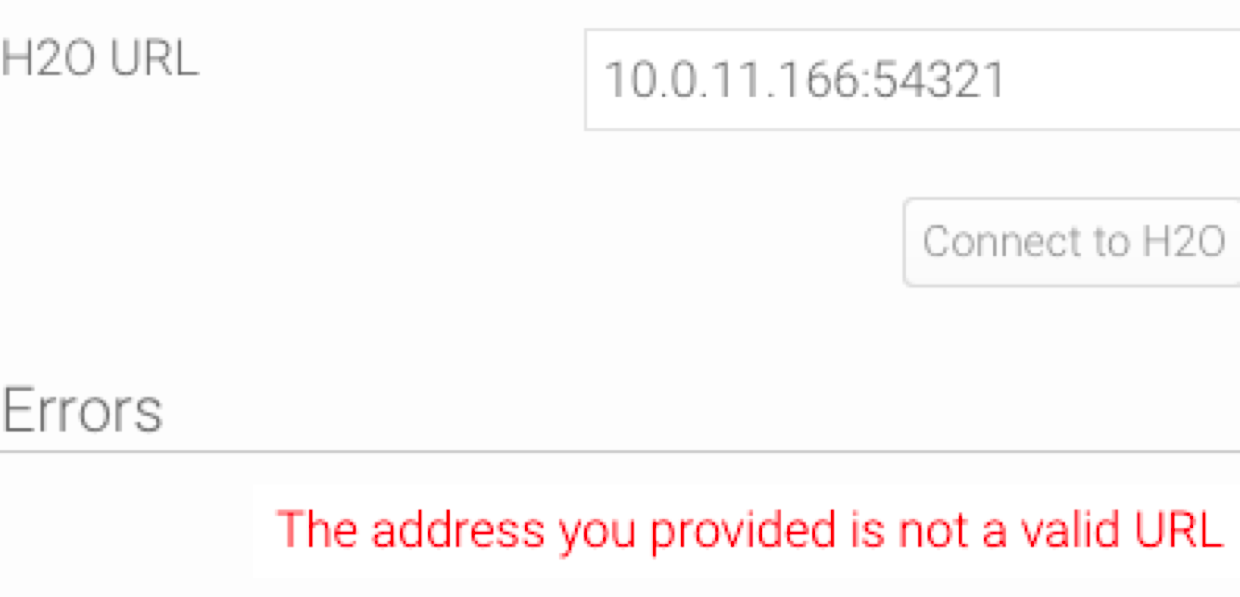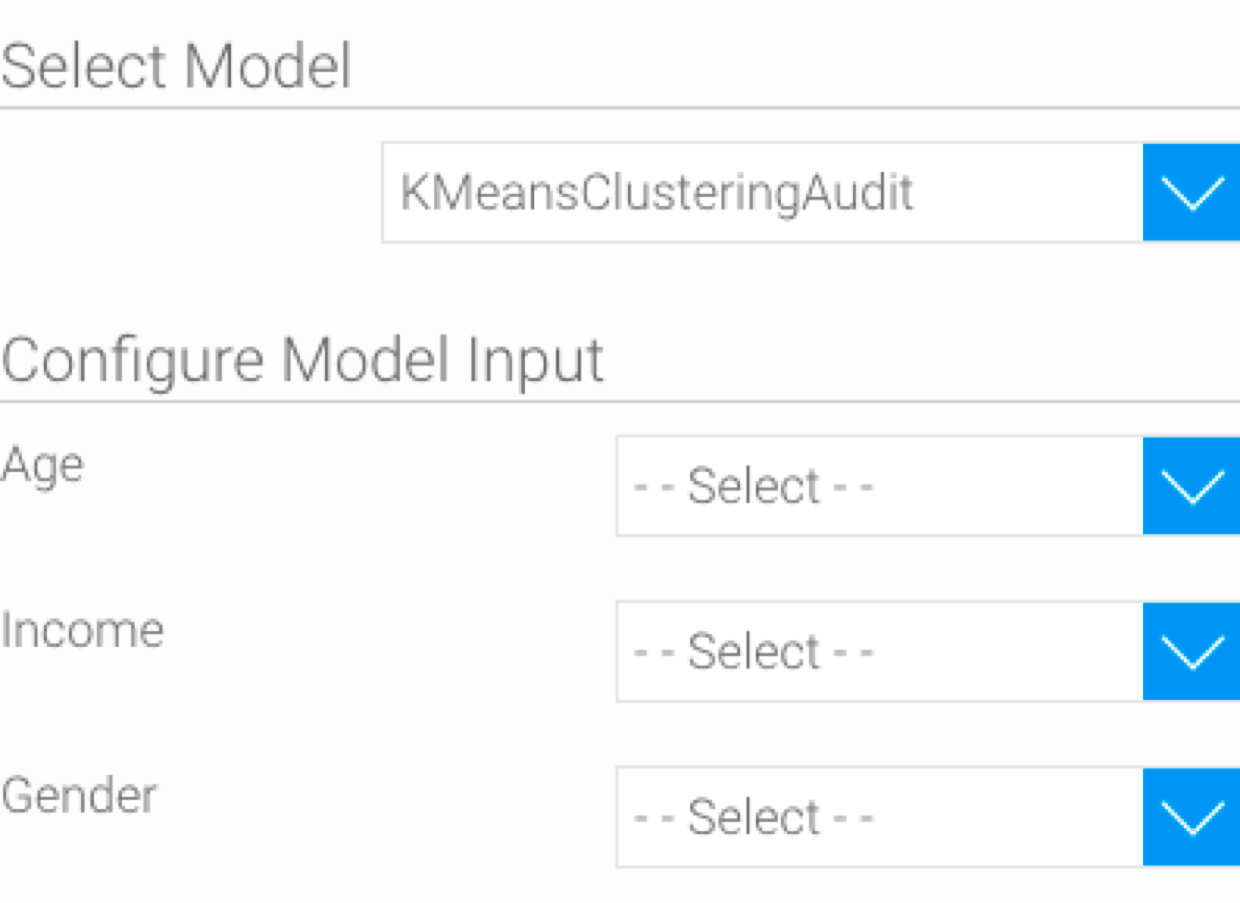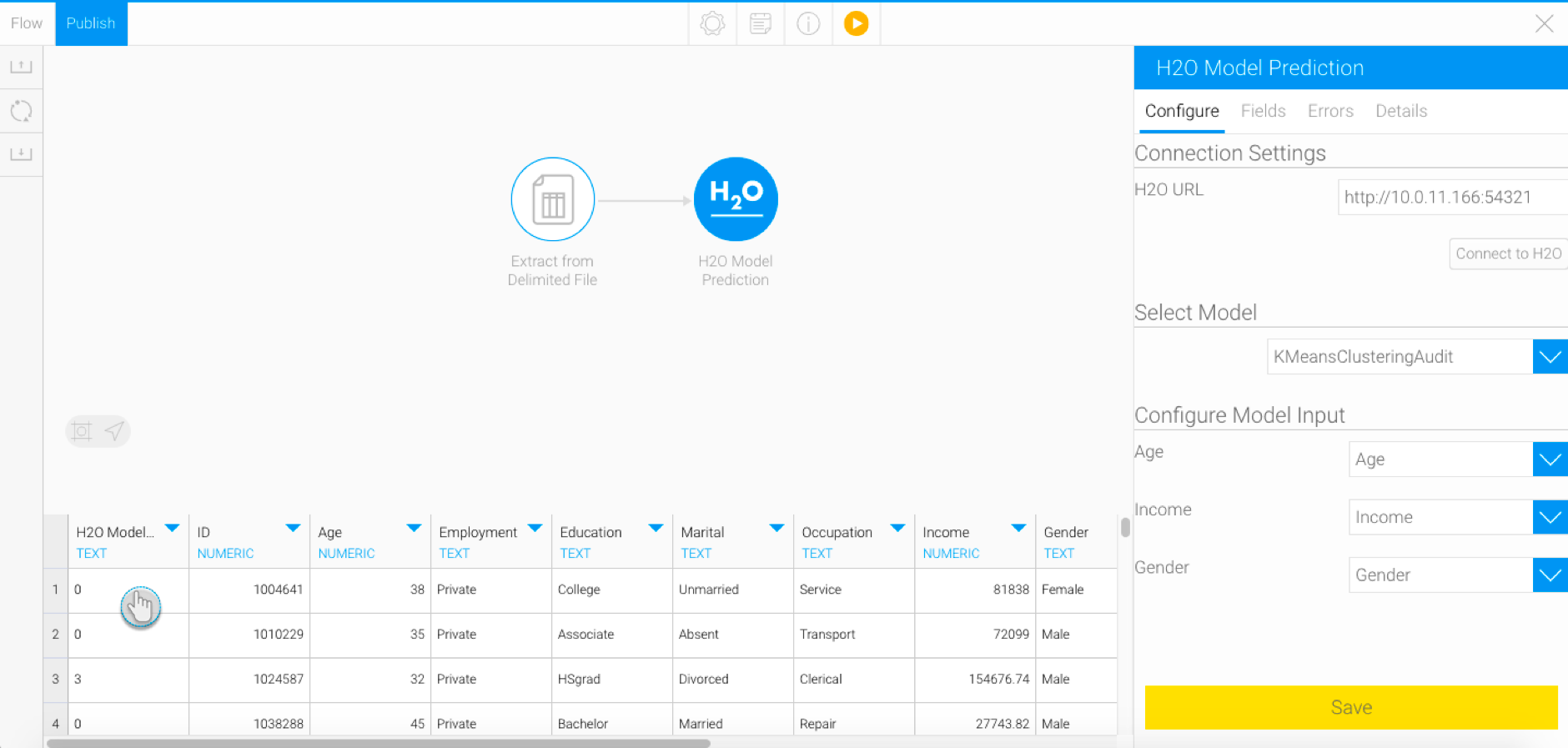Page History
...
This transformation step allows data science models created in an H2O cloud instance to be used within Yellowfin, in order to generate predictions or other results. This is done via a transformation step in the data transformation module.
Prerequisites
Before using this step, ensure that you have access to an instance of H2O with at least one model created in it. You will also need to have the H2O plug-in installed in Yellowfin.
| Tip |
|---|
It would be ideal to get a better understanding of the data transformation module before continuing with this guide. |
Supported Models
The following types of models are currently supported:
...
- Build a model in H2O and save it.
- Navigate to Yellowfin’s Data Transformation model. (Create button > Transformation Flow)
- Create a transformation flow beginning with an input step to extract data. (Click here if you want to learn how to create a basic flow, or here to learn about the different ways data can be extracted).
- The extracted data will appear in the data preview panel. You can add more steps to further transform the data.
- Once you are ready to use the data science model from your H2O instance, follow the procedure below.
- Drag the H2O Model Prediction step from the transformation step list onto the canvas. (Note: If you don’t see this step, ensure that you have installed the H2O plug-in.)
- Using a connection point, create a connection from the last step to the H2O transformation step.
- Next, you need to configure the H2O step. (Make sure it is selected to bring up its configurable details.)
- Copy the path to your instance of H2O. (Note: You only need to provide the IP and port number.) For instance, we will provide http://10.0.11.166:54321 as the H2O URL based on our example below:
- Click on Connect to H2O.
Note: If the provided URL is incorrect, or if no actively running H2O instance was found, then error messages will appear. Such as: - Once you have successfully connected to your H2O instance, a new section will appear with a list of all the models on the linked H2O instance. (Note: It could take some time for any changes to appear in the step configuration panel on the use of the connect button.)
Choose the model that you want to use.
Note If no models appear in the list, then ensure that the instance has models created in it, and that they are supported by Yellowfin.
If a model you have selected, or are trying to select, gets deleted from the H2O instance, then an error will appear. You will then need to manually update the model list in the step configuration panel, e.g. by clicking Connect to H2O again.
- Next, further configuration options will appear to map the input fields. These will be specific to the model.
Match the data to the input columns required by the model. For example, our model requires input in the form of age, income, and gender.
Note It is mandatory to match all the fields for this step to run and generate a result. You must also match the data correctly, ensuring the right values with the same datatypes are mapped. (If an incorrect mapping is made, the Errors field will generate errors for each of the data values.)
- Then click Save.
- On successful execution of the step, a new column called “H2O Model Result” will appear in the data preview panel with the model output. The result generated here will depend on the type of model.
- You can perform further transformations or save your result in a database.
Editing the H2O step
Changes to the H2O model: What happens if the configured H2O model changes?
...
